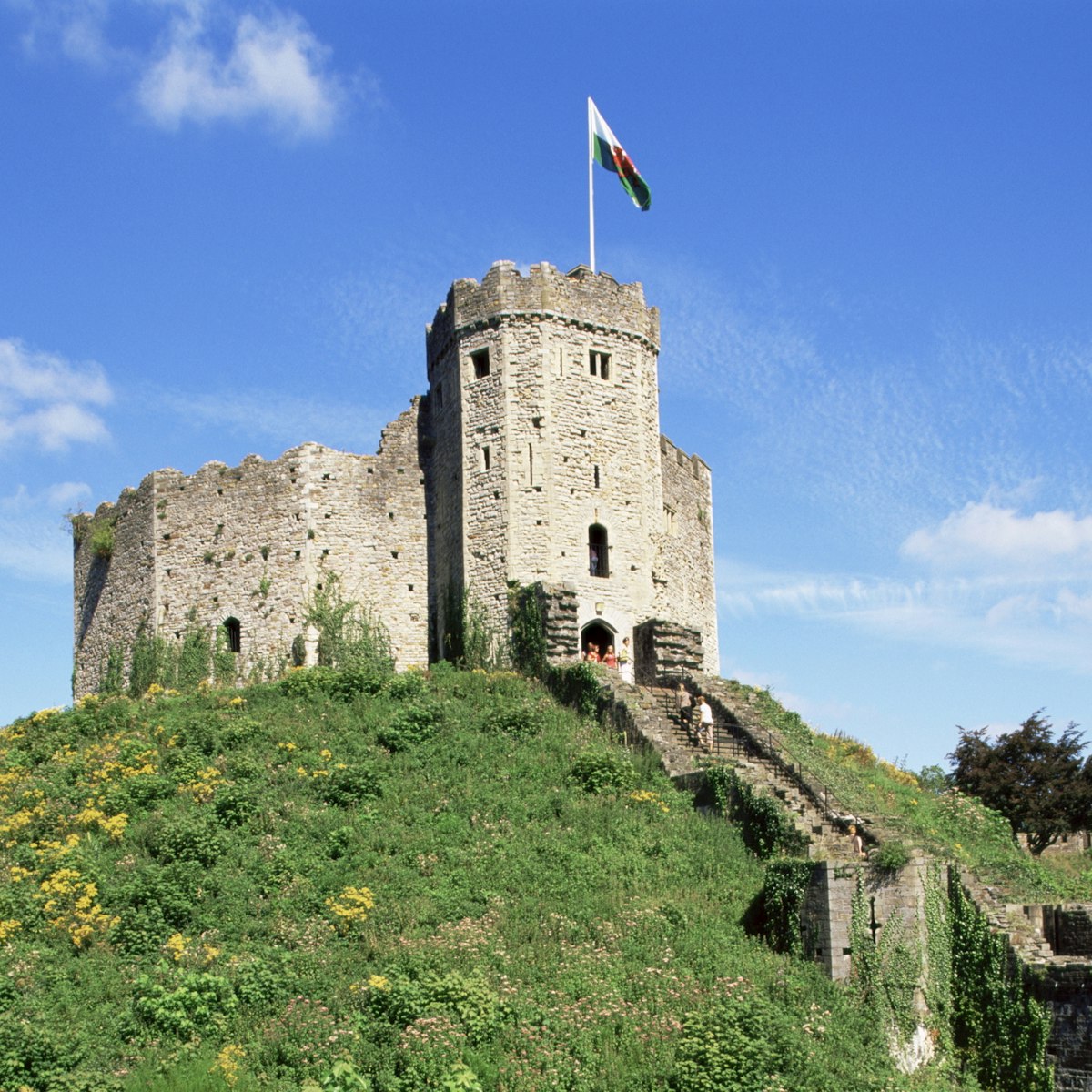When it was completed in 1789, this ironworks was among the most advanced in the world. Today the site is one of the best preserved of all its Industrial Revolution contemporaries, with a motion-activated audiovisual display within the hulking remains of one of the blast furnaces serving to rattle the ravens that now call it home. Also on display are the ironworkers' tiny terraced cottages, furnished as they would have been at different points in history.
Blaenavon Ironworks' three huge coal-fired blast furnaces were provided with air by a steam engine, making them much more powerful than older, smaller furnaces fired with charcoal and blasted with air from waterwheel-powered bellows. Within a few years of construction it was the world's second-biggest ironworks, after Cyfarthfa at Merthyr Tydfil. Innovation and development continued here until 1904, when the last furnace was finally shut down.
You can follow the whole process of production, from the charging of the furnaces to the casting of molten iron in the casting sheds. The surrounding hillsides are pitted with old tramlines, mines, tunnels and 'scouring' sites, where water was released from holding ponds to wash away topsoil and expose ore seams.





